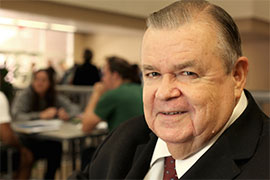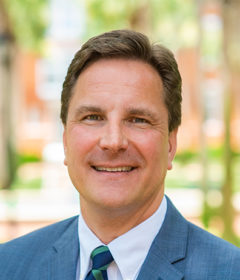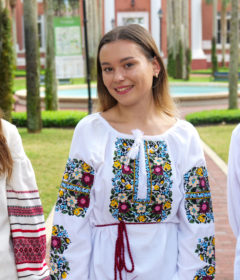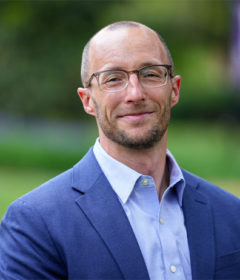‘Champion for Generations’


During his 53 years at Stetson, Professor T. Wayne Bailey, Ph.D., personified political influence regionally and nationally, but especially across Hatter Nation.
Bailey taught political science, with future senators among his pupils, along with David Hill, Ph.D., now an associate professor and chair of political science at Stetson. Bailey began teaching at Stetson in 1963, when he founded the university’s Department of Political Science.
While inspiring and educating, Bailey also served the public and helped to shape policy. He was vice chair of the Volusia County Charter and Study Commission that created the Volusia County Constitution. He chaired the first two Charter Review Commissions and served as a member of the commissions in 1995 and 2006. In 2011, Bailey was named Volusia County Citizen of the Year. Further, he was a delegate to many Democratic National Conventions and played a chief role in getting the Florida Clean Indoor Air Act passed to ban smoking in public places. Those are only a few examples of his impact.
“Alumni all across the country cite Wayne as the inspiration for their careers in public service, higher education and public policy development,” said Stetson University President Wendy B. Libby, Ph.D., in May 2016 during the announcement of Bailey’s retirement. “It is simply remarkable how many lives he has touched and careers he has launched. And our graduates have stayed in touch with Wayne throughout the years and continued to benefit from his wise counsel.”
Now, Bailey’s robust charisma and many contributions across multiple fronts are captured in the video “Dr. T. Wayne Bailey: Champion for Generations.”
As Bailey was being honored at Stetson’s 2016 Homecoming, students from the Department of History set up a station to film dinner guests who wished to leave a video message for him. In addition, other people — representing a broad array of university, community and political leaders — offered video greetings for the project, essentially creating an oral history of Bailey’s extraordinary career.



